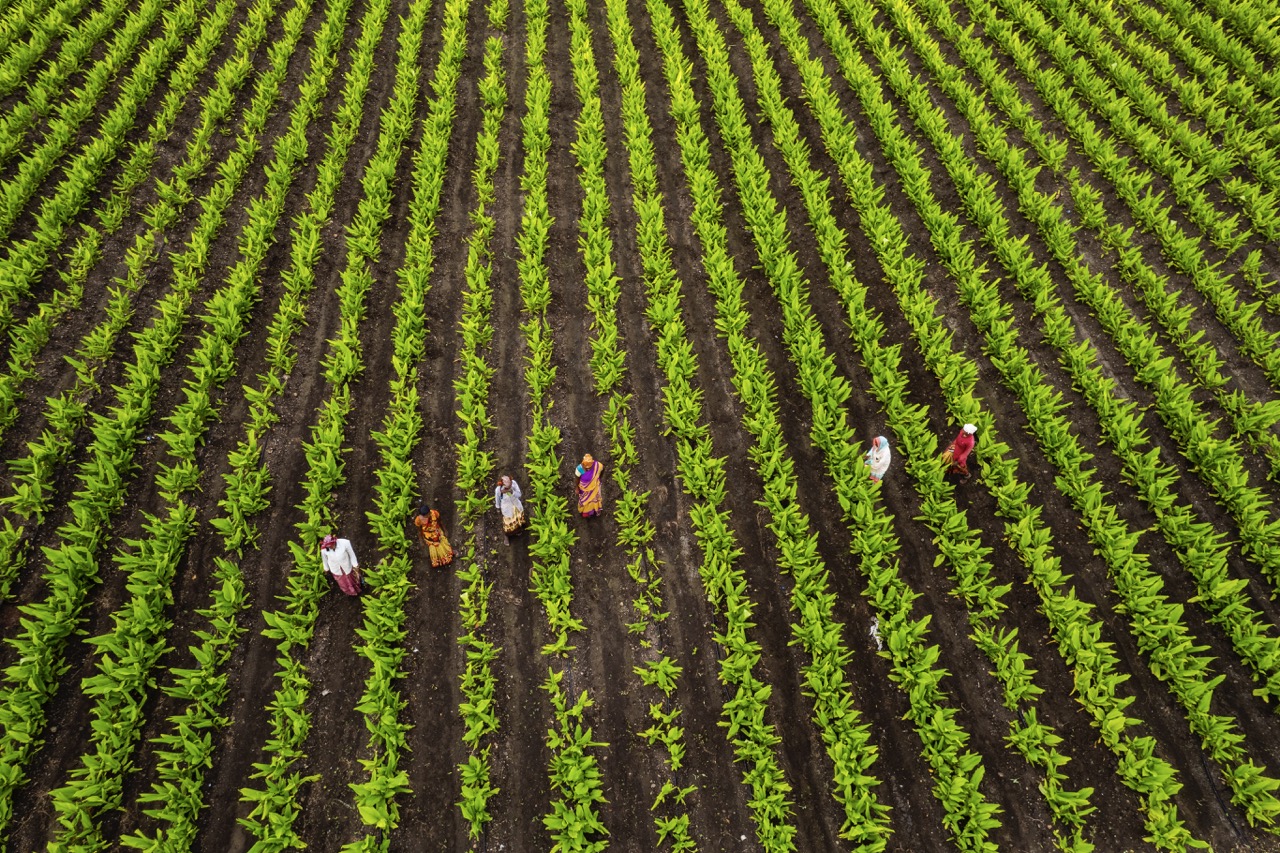As the world grapples with climate change, biodiversity loss, and unsustainable food production practices, alternative farming has emerged as a beacon of hope for a more sustainable future. Emphasizing regeneration over depletion, these innovative agricultural approaches aim to harmonize the relationship between farming and the environment. By incorporating eco-friendly methods, farmers not only enhance their productivity but also contribute positively to the ecosystem. This article explores the benefits of alternative farming practices, examining their potential to restore soil health, reduce carbon footprint, and support local economies.
Exploring Alternative Farming: A Sustainable Future for Agriculture
Alternative farming encompasses a range of practices that prioritize sustainability, such as organic farming, permaculture, and agroecology. These methods are designed to work in synergy with nature rather than against it. By adopting these practices, farmers can reduce their reliance on synthetic inputs like pesticides and fertilizers, which have been linked to various environmental issues. Sustainable agriculture aims not only to produce food but to do so in a manner that protects the environment and conserves natural resources for future generations.
One of the core tenets of alternative farming is its focus on biodiversity. By promoting diverse crop rotations and intercropping, farmers can enhance ecosystem resilience, making agricultural landscapes less susceptible to pests and diseases. These practices foster a more balanced ecosystem, allowing beneficial insects and microorganisms to thrive. Additionally, diverse farming systems can lead to improved nutrient cycling and water retention, further minimizing environmental impact and promoting sustainability.
Moreover, alternative farming practices often encourage local food systems, reducing the distance food must travel from farm to table. This local focus not only cuts down on greenhouse gas emissions associated with transportation but also supports community resilience. As consumers become more aware of their food sources, they increasingly seek out local products, creating a market for farmers who implement sustainable practices. This shift in consumer behavior signals a growing acceptance of alternative farming as a viable solution for a sustainable agricultural future.
How Regenerative Practices Restore Soil Health and Biodiversity
Regenerative agriculture is a key aspect of alternative farming that emphasizes restoring and enhancing soil health. Techniques such as cover cropping, crop rotation, and reduced tillage work to improve soil structure, increase organic matter, and enhance the diversity of soil microbiomes. Healthy soil is crucial for plant growth, as it holds water and nutrients more effectively, leading to increased crop resilience in the face of adverse weather conditions. Furthermore, healthier soils help sequester carbon, thereby contributing to climate change mitigation efforts.
Biodiversity is another significant benefit of regenerative practices. By incorporating diverse plant species into farming systems, farmers can create habitats for a variety of organisms, including pollinators and beneficial insects. These organisms play a vital role in pollination and pest control, reducing the need for chemical inputs. Additionally, fostering biodiversity can help increase the resilience of agricultural systems, enabling them to withstand shocks from pests or climate extremes. This holistic approach not only benefits the environment but also supports farmers by enhancing crop yields and reducing input costs over time.
The commitment to regenerative practices often leads farmers to adopt a more holistic view of their ecosystems, recognizing the interconnectedness of various agricultural and environmental factors. This perspective encourages them to implement practices that prioritize long-term ecological health over short-term gains. As regenerative agriculture gains traction, it is becoming increasingly clear that these practices can play a pivotal role in fostering sustainable food systems that benefit both the planet and those who rely on it for their livelihoods.
Reducing Carbon Footprint: The Role of Eco-Friendly Farming
One of the most pressing concerns of our times is the agricultural sector’s contribution to greenhouse gas emissions. Conventional farming practices, which often rely on synthetic fertilizers and intensive tillage, can significantly increase carbon emissions. In contrast, eco-friendly farming practices, including agroforestry, cover cropping, and organic farming, have been shown to reduce the carbon footprint of agriculture. By implementing practices that enhance soil health and promote biodiversity, these approaches can sequester carbon and help mitigate the effects of climate change.
Agroforestry, for instance, combines forestry and agriculture to create integrated land-use systems that can sequester carbon effectively. Trees and shrubs planted alongside crops or pastures absorb carbon dioxide from the atmosphere, while also providing additional benefits such as shade, windbreaks, and improved soil health. This multifunctional approach not only reduces emissions but also enhances the resilience of farming systems, making them more adaptable to changing climate conditions.
Furthermore, organic farming methods eschew synthetic fertilizers in favor of natural alternatives, significantly lowering greenhouse gas emissions associated with fertilizer production and application. By employing practices such as composting and crop rotation, organic farmers can build healthy soils that store carbon and contribute to a more sustainable agricultural model. As awareness of climate change grows, the demand for eco-friendly farming practices is likely to increase, presenting an opportunity for innovation and transformation within the agricultural sector.
Community Impact: Supporting Local Economies Through Innovation
Alternative farming practices not only offer environmental benefits but also have a profound impact on local economies. By supporting small-scale farmers and local producers, these methods help create resilient food systems that strengthen communities. Farmers who engage in alternative practices often sell their products directly to consumers through farmers’ markets, community-supported agriculture (CSA), and local restaurants. This direct-to-consumer model fosters a sense of community and encourages consumers to invest in their local economy.
Moreover, alternative farming practices often prioritize the use of local resources, which can stimulate economic growth within the community. By utilizing local inputs, such as organic compost or native seeds, farmers can minimize transportation costs and support neighboring businesses. This localized approach not only reduces the carbon footprint associated with long-distance supply chains but also reinforces the interconnectedness of the community, leading to a more sustainable economic model.
Additionally, the adoption of innovative techniques in alternative farming can inspire the next generation of farmers and entrepreneurs. By showcasing successful models of sustainable agriculture, these practices can serve as a catalyst for new business opportunities and collaboration within the community. Educational initiatives, such as workshops and farm tours, can further enhance awareness and interest in alternative farming, paving the way for a more sustainable future for agriculture and local economies.
Alternative farming practices present a compelling solution to the myriad challenges facing modern agriculture. By restoring soil health, reducing carbon footprints, and bolstering local economies, these methods not only benefit the environment but also contribute to the resilience of communities. As more farmers and consumers embrace alternative practices, there is potential for a transformative shift in how food is produced, distributed, and consumed. The future of agriculture can indeed be sustainable, and it is imperative that stakeholders across the food system work together to realize this vision.










